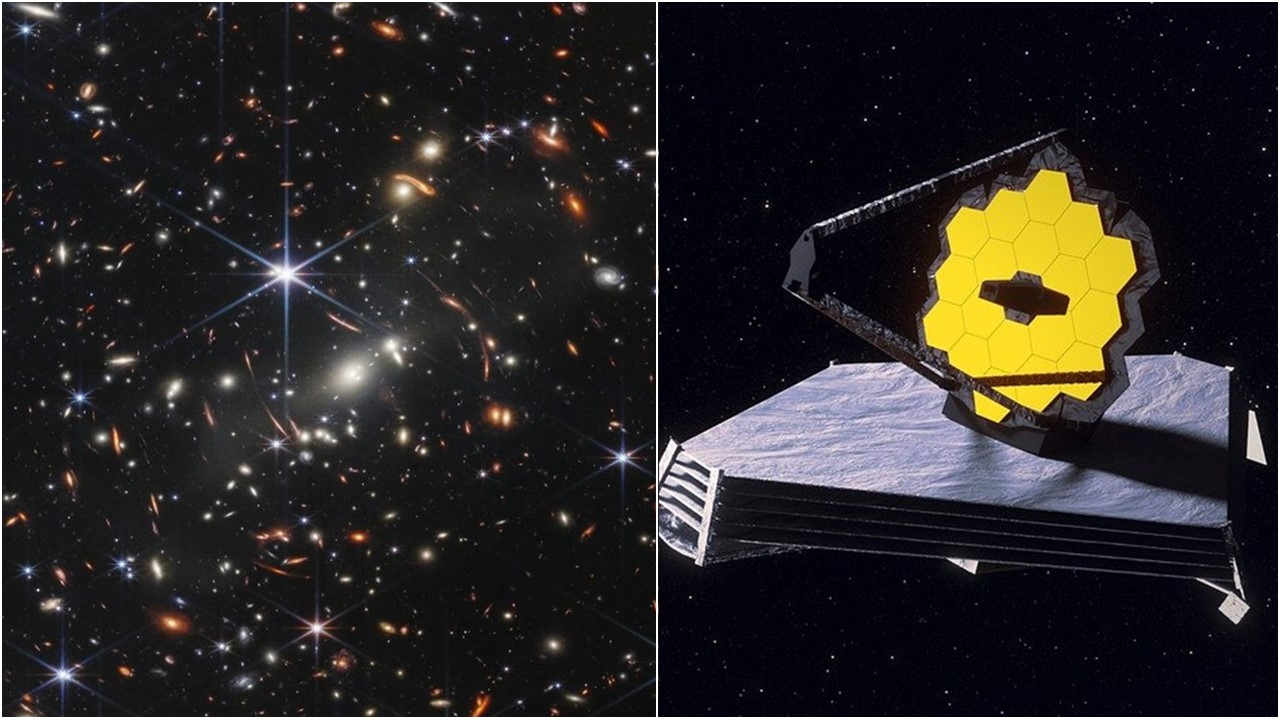
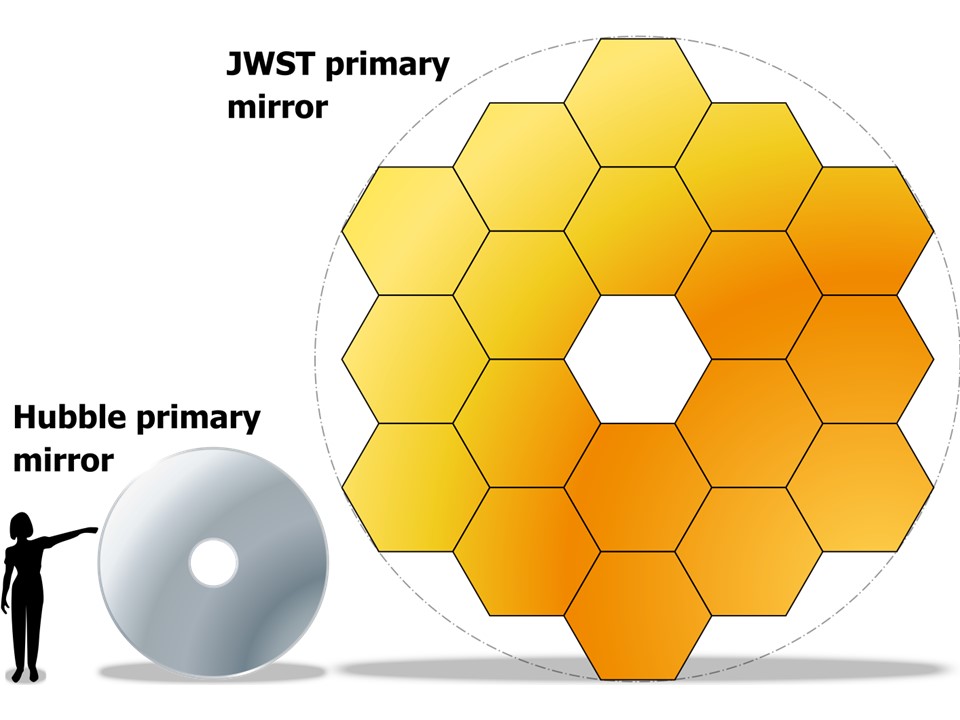






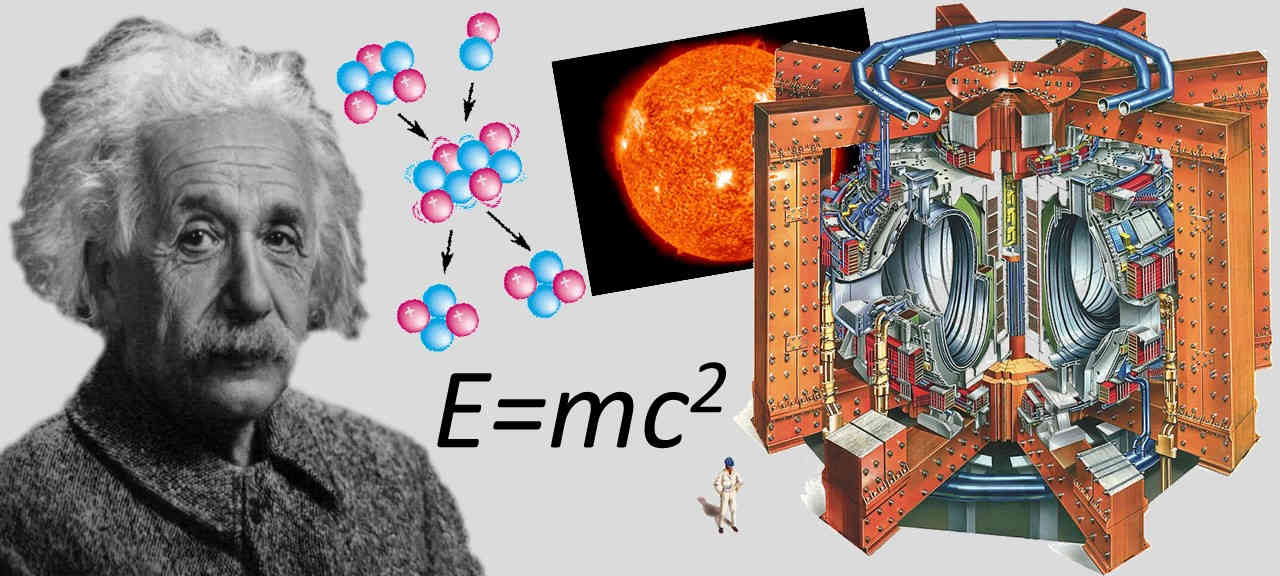
 |
| ITER construction in 2018 |
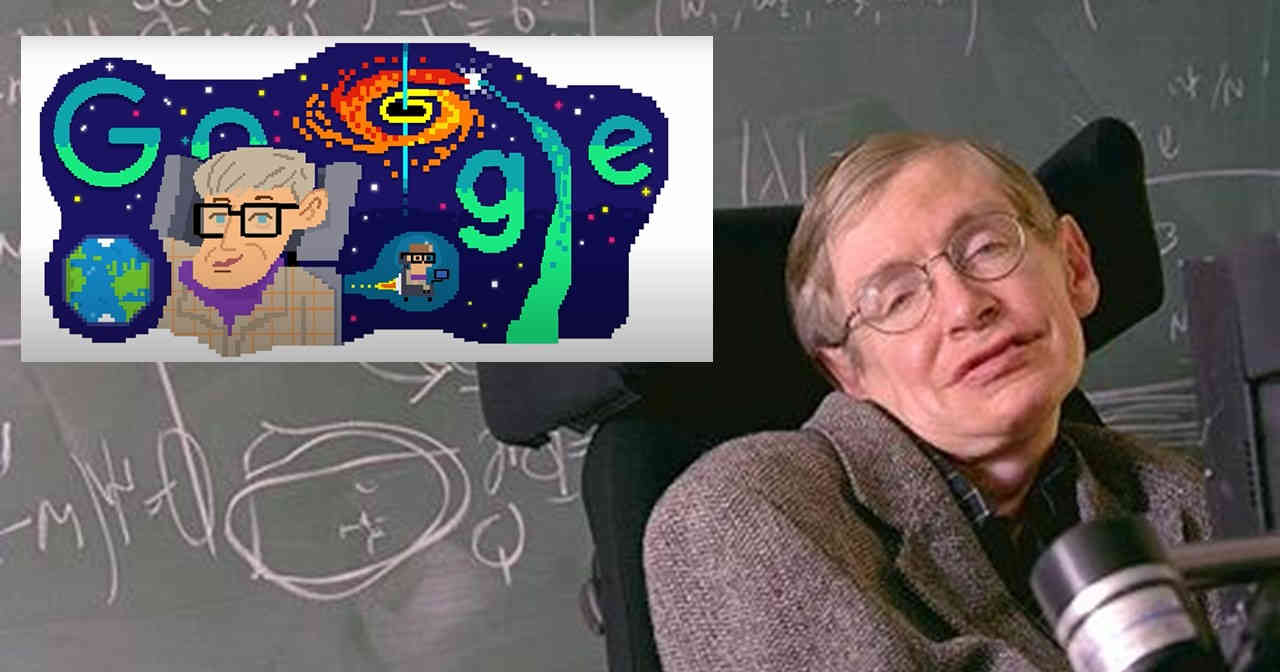
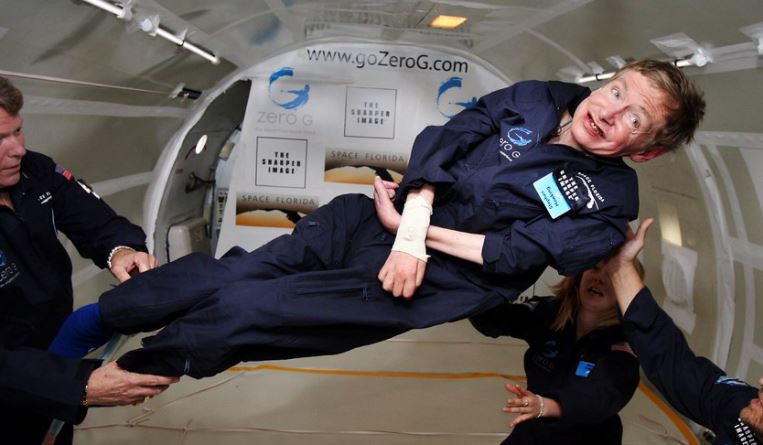
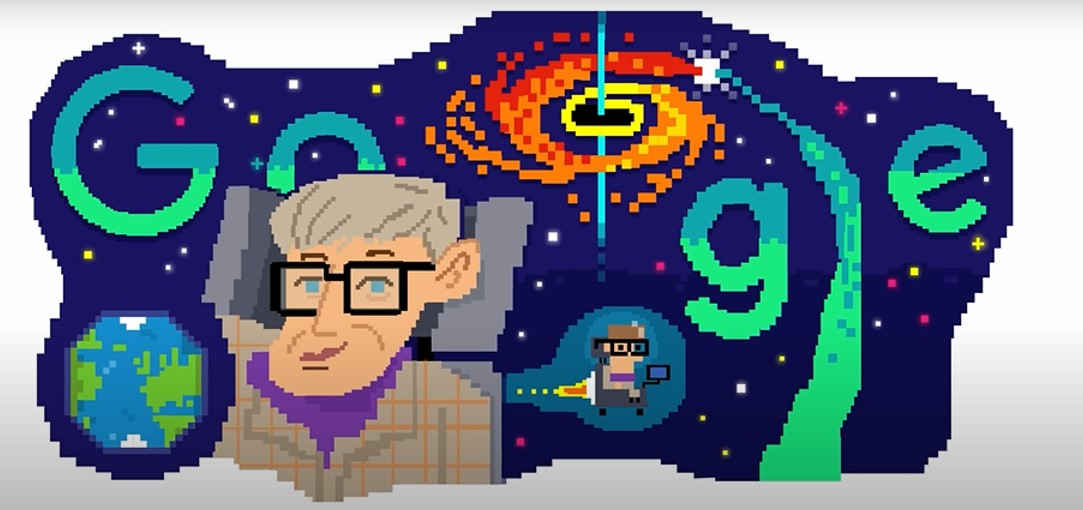


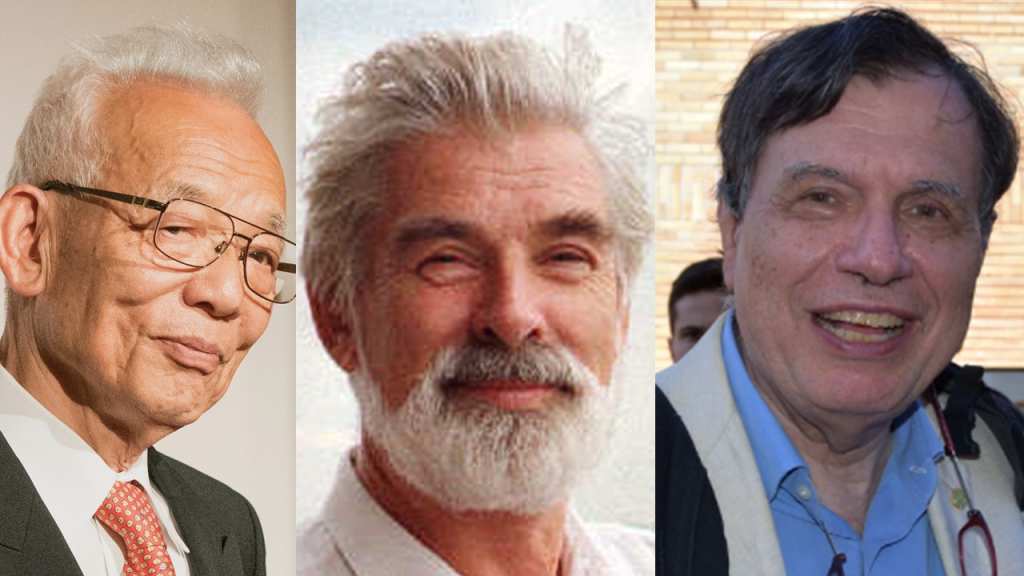




It took 60 years, in 1963, for another woman to win the most coveted prize in physics. Maria Goeppert Mayer was awarded for discoveries concerning nuclear shell structure.
Another 55 years later, in 2018, Donna Strickland received the award for her 1985 discovery, chirped pulse amplification, a technique which is used to make cellphone screens.
Cut to 2020, we have another woman Nobel laureate in physics, her name Andrea Ghez, who has been awarded the top honor for the discovery of a supermassive black hole in the Milky Way's center!
She shared the prize with colleague Reinhard Genzel. The other half of it went to Sir Roger Penrose.
When asked to comment on it, Andrea said: "I'm grateful, I'm thrilled. You know I work for the science and I'm just glad that it is recognized."
One might ask, "Why do we care about supermassive black holes, like, why is that so important to know about?
Andrea says: "They represent the breakdown of our understanding of the laws of physics. It's transformed our knowledge of these objects that we didn't really have proof existed in the universe."
By picturing the center of Milky Way galaxy at infrared wavelength, Ghez and her team were able to peer through heavy dust that blocked visible light, and produced images of the Black Hole, Sagittarius A*.
By using Kepler's third law, she showed that its mass was 4.1 million solar masses. Based on its mass and radius calculations, astronomers concluded that Sagittarius A* was a supermassive black hole.
Andrea has appeared on many black hole physics documentaries for BBC and Discovery Channel. When asked about her role as a science comunicator, she replied: "We all must step up to talk about the role of science and that is, I think, more important than ever."
She stayed up many nights at the Keck telescope photographing the center of Milky Way and then superimposed each still photograph on top of the other to make a film showing how stars around the center behaved due to Sag A*. In 2020, we celebrate her brilliance and dedication.

American theoretical physicist, Richard Feynman, had once said: "Mathematicians are only dealing with the structure of the reasoning and they do not really care about what they're talking. The physicist, on the other hand, has meaning to all the phrases."
Sir Roger Penrose agrees.
In his 1997 book, The Large, the Small and the Human Mind, Penrose wrote: "Well, why am I talking about things when I do not know what they really mean? It is probably because I am a mathematician and mathematicians do not mind so much about this, so long as those things can say something about the connections between them."
Cut to 2020, Penrose is the winner of Nobel Prize in physics for the discovery that black hole formation is a robust prediction of the general theory of relativity. He shares it with Reinhard Genzel and Andrea Ghez.
"I was good at maths, yes, but I didn't necessarily do very well in my tests. But the teacher realized if he gave me enough time, I would do well," the laureate recalled.
While he had been working proactively to unravel the mysteries of the universe since the 50s, Roger Penrose came to a much wider public attention after publishing of A Brief History of Time in 1988.
Penrose and Hawking go way back. They both were the winners of Wolf Prize in 1988 for Penrose-Hawking singularity theorems (1965). Their friendship and collaboration were captured even in the movies: Hawking (2004) and Theory of Everything (2014).
See also: Best Physics Movies
Sir Penrose was most heavily inspired by his father, Lionel Penrose, who was a psychiatrist and a geneticist. In fact, brilliance runs down their family: his grandfather was a renowned Irish artist, one of his brothers is a physicist himself and the other is a Chess grandmaster, his sister, a geneticist, has followed in her father's footsteps!
Since Penrose was purely a mathematician, his work was really abstract in that sense. But he was drawn to astrophysics by Dennis Sciama (who also was a doctoral advisor to Stephen Hawking).
And that is how they first met.

They proposed two types of singularities: space-like for non-rotating black holes and time-like for rotating black holes.
It was thought that in the eventual collapse of a star (to form a black hole), if the star is spinning and so possesses even some angular momentum, maybe the centrifugal force could counteract gravity and keep the singularity from forming.
Penrose-Hawking theorems showed that that cannot happen, and that a singularity will always form once an event horizon forms. In other words, Penrose proved with complicated maths that Black holes were not impossible and in fact a result of relativity.
Hence, in 2020, we celebrate Sir Roger Penrose's contributions to physics, his incredible writings on human consciousness and his life in general.
 Physics, astronomy and science history blog for students
Physics, astronomy and science history blog for students